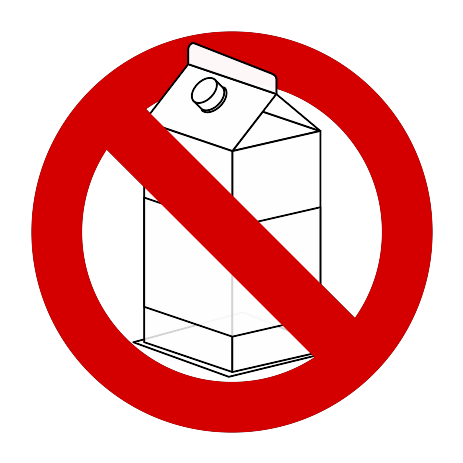

Yep, some code examples from the official documentation. This:
printPersons(
roster,
(Person p) -> p.getGender() == Person.Sex.MALE
&& p.getAge() >= 18
&& p.getAge() <= 25
);
…is syntactic sugar for this:
interface CheckPerson {
boolean test(Person p);
}
printPersons(
roster,
new CheckPerson() {
public boolean test(Person p) {
return p.getGender() == Person.Sex.MALE
&& p.getAge() >= 18
&& p.getAge() <= 25;
}
}
);
…which is syntactic sugar for this:
interface CheckPerson {
boolean test(Person p);
}
class CheckPersonEligibleForSelectiveService implements CheckPerson {
public boolean test(Person p) {
return p.gender == Person.Sex.MALE &&
p.getAge() >= 18 &&
p.getAge() <= 25;
}
}
printPersons(roster, new CheckPersonEligibleForSelectiveService());
The printPersons function looks like this:
public static void printPersons(List<Person> roster, CheckPerson tester) {
for (Person p : roster) {
if (tester.test(p)) {
p.printPerson();
}
}
}
Basically, if you accept a parameter that implements an interface with only one method (CheckPerson), then your caller can provide you an object like that by using the lambda syntax from the first example.
They had to retrofit lambdas into the language, and they sure chose the one hammer that the language has.
Source: https://docs.oracle.com/javase/tutorial/java/javaOO/lambdaexpressions.html













Ich hatte mal ein paar Monate, wo ich echt wenig geputzt habe, bis dann eben irgendwie 'nen Tag vor dem Zahnarzt-Termin.
Zahnarzt war so begeistert von meinen Zähnen, dass er dann tatsächlich gesagt hat “Was auch immer sie tun, um ihre Zähne zu putzen, machen Sie das weiter.”.
Äh… 😅